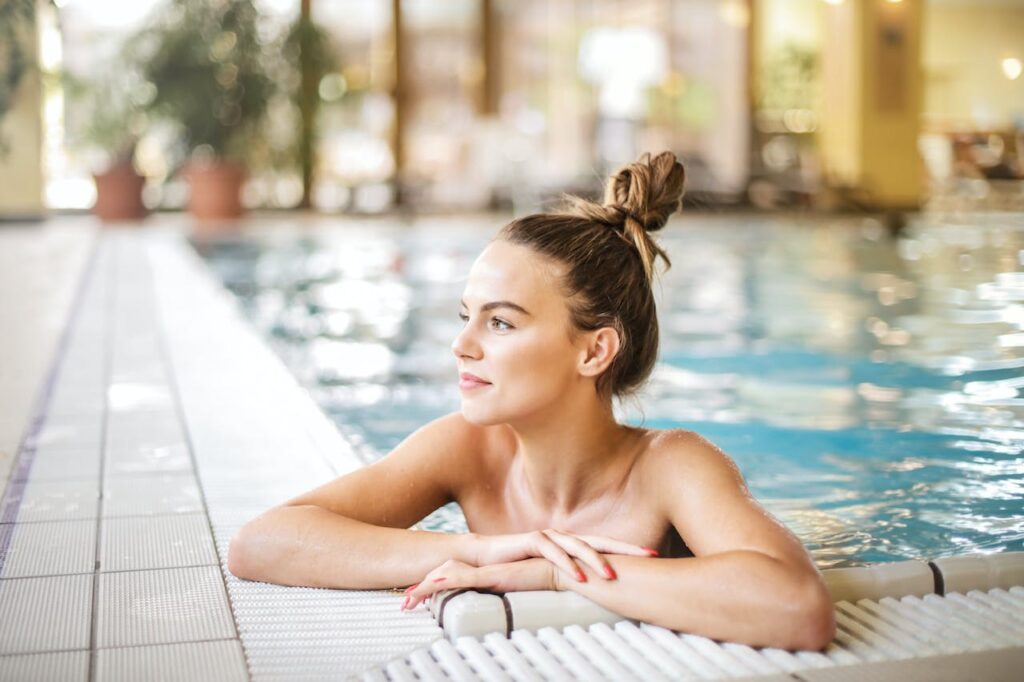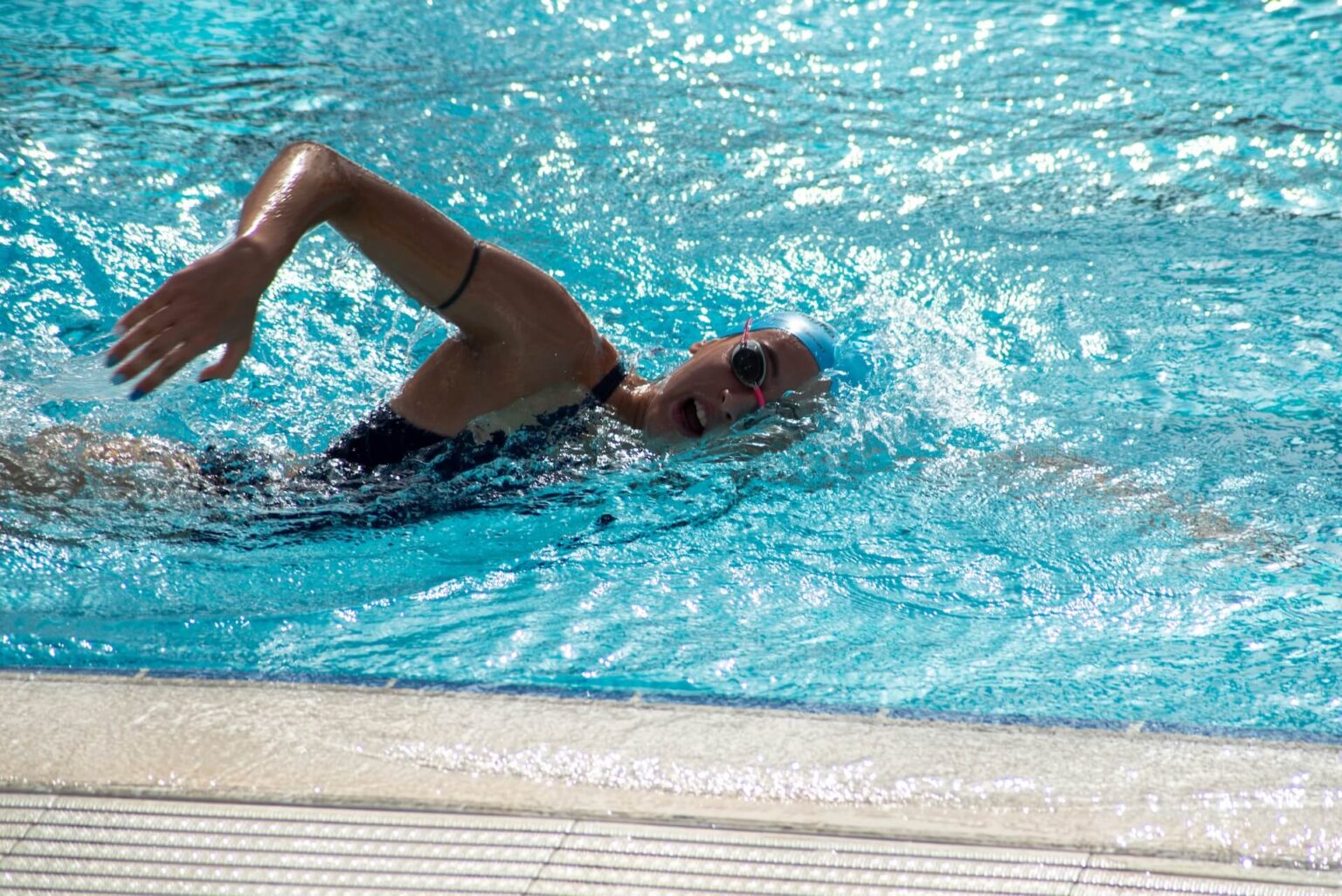Swimming is one of the most enjoyable and satisfying activities you can do. Not only that, it’s a great way to stay in shape, tone your muscles, and reduce stress. But sometimes getting started with swimming can be confusing and difficult: learning proper technique, finding the right pool or open water spots to swim safely, and figuring out what gear works best for your needs—it all takes time.
Fortunately, though, by understanding some basic form guidelines and putting those principles into practice as you train more consistently, you’ll be able to transform yourself from having a weak or inefficient form into an efficient swimmer capable of powering through the toughest workouts! We’ll explore five tips on how anyone can tweak their strokes in order to optimize speed and performance while decreasing fatigue. So let’s dive right in!
Get swimming lessons
The first and perhaps most important tip for improving your swimming form is to enroll in swimming lessons. Professional instructors have the experience and knowledge to evaluate your current form and provide guidance on techniques in a swim lesson thus increasing your efficiency in the water. Even if you’ve been swimming on your own for a while, a certified swim instructor can provide valuable insights and corrections to your technique that you may not be able to notice on your own. They are trained to spot inefficiencies in your strokes and provide constructive feedback on how to correct them. The guidance and supervision offered in a swimming class are instrumental in ensuring that you learn the correct form from the start, which can significantly improve your performance and decrease your risk of injury.
Analyze your stroke
Swimming can be an incredibly relaxing and enjoyable form of exercise, but it’s important to approach it with the right mindset in order to get the most out of your time in the water. If you’re serious about improving your stroke, the first step is to analyze your current skill level and identify areas where you might be able to make some changes. Perhaps you struggle to keep your head down or to maintain a consistent breathing pattern. Maybe your kick is too weak or your arm movements aren’t quite as streamlined as they could be. Whatever the case may be, taking the time to identify these weak points is the first step towards making progress and ultimately refining your technique until you’re able to swim more efficiently and with greater ease.
Stretch before diving in
Just as with any other physical activity, it’s essential to sufficiently warm up your muscles before diving into the water. Dynamic stretching exercises, which involve moving parts of your body and gradually increasing reach, speed of movement, or both, are extremely beneficial before a swim. These kinds of exercises might include lunges, arm swings, leg swings, or torso twists. Not only do they help to increase body temperature and blood flow, but they also boost flexibility and range of motion. By incorporating dynamic stretching into your pre-swim routine, you can help prevent injuries and enhance your overall performance in the water.
Practice good body position
As you dive into the pool, it’s important to remember to maintain a streamlined shape to ensure optimal performance. Swimming promotes a balanced body position, helping to align your spine and engage your core, which effectively strengthens your entire body and enhances your overall fitness level. Practicing good body position allows you to glide through the water effortlessly and with minimal resistance. This not only improves your speed but also reduces the energy you expend, which can be crucial in a race. So, remember to keep your body straight and streamlined, with your head down and arms extended in front of you. By maintaining a straight line from your head to your toes, you’ll be able to reduce drag and increase your swim speed in no time.
Keep your gaze forward
As you dive into the refreshing pool water, the last thing on your mind is likely the strain your neck may feel later on. However, looking down at your feet or the bottom of the pool while swimming can cause significant discomfort and even injury to your neck. To prevent this, it’s essential to keep your gaze forward and focus your vision on the horizon while swimming. Not only will it relieve any potential neck strain, but looking to the horizon can also improve your overall swimming technique and help you maintain proper alignment in the water. So, the next time you’re doing laps in the pool, remember to keep your head held high and look to the horizon for a smooth and pain-free swimming experience.
Kick from the hips
One of the most common mistakes swimmers make is focusing solely on their feet when kicking. This approach, however, often results in less efficient movements, decreased propulsion, and rapid fatigue. For an effective and powerful kick, engage your hips. Kicking from the hips rather than just your feet generates more force and propels you further in the water with each stroke. The movement should flow like a wave, starting from your hips and extending all the way down to your toes. Remember to kick in a smooth, steady rhythm and avoid bending your knees excessively. With practice, this technique will improve your overall swimming speed and endurance.
Use alternate breathing techniques
Bilateral breathing, or breathing on both sides, is a technique that can improve your balance and coordination in the water. This method requires you to alternate sides for each breath, ensuring an even oxygen intake and reducing the risk of hyperventilation. Moreover, it can also help in maintaining a straight path as you swim, without veering off to one side. Start by breathing to your right side for a few strokes, then switch to your left for the same number of strokes. This balanced approach will not only enhance your efficiency but also ensure a more steady and rhythmic swimming pace.

Improving your swimming form is a combination of professional training, self-analysis, sufficient warm-ups, good body positioning, proper gaze direction, effective kicking, and balanced breathing techniques. By employing these strategies, you can enhance not only your speed and endurance in the water but also your overall swimming experience.








